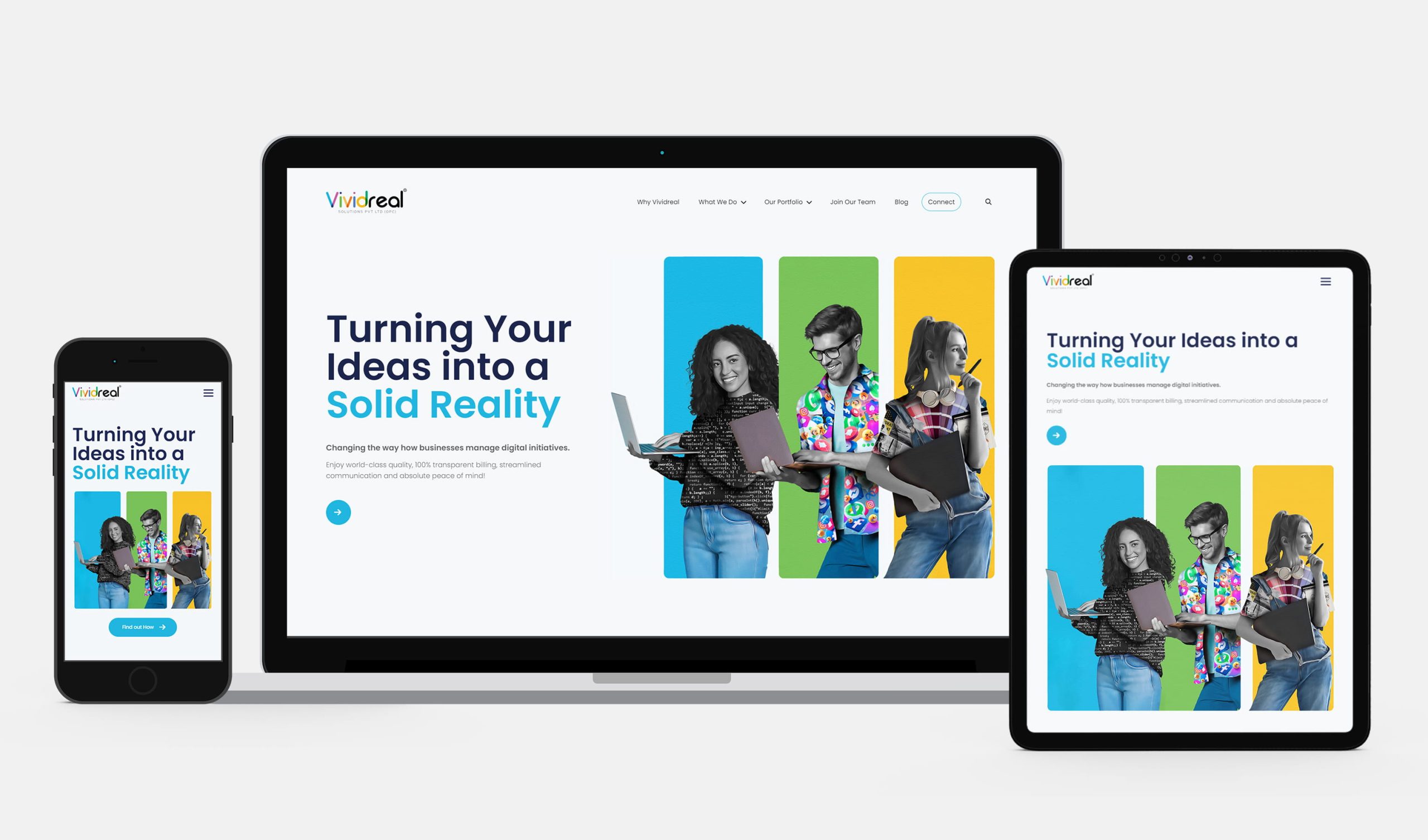Steer your visitors your way with Remarketing Ads

If you have gone through your web analytics report, you’d know well that 30-40% of your website visitors bounces off the site from the same page they had landed, without making any purchase/desired action. It is really disheartening to watch the hard-earned traffic go in vain. Here comes the necessity for remarketing ads.
Visitors leave the site if – they don’t find relevant products, think of making a purchase later, dislike the long contact or lead form, and various other possible reasons. Internet traffic is costly; you never want these people to bounce off your website. If they at least see what your site has to offer, they would probably find the right product/service they need. So if they are familiarized with what you offer, they can make a better-informed decision.
Before we move on, if you need any kind of help with your digital marketing campaigns, you should definitely reach out to us. Check out our team. Let’s talk.
How is this done?
When you sign up for remarketing ads for your website and people visit the site, the remarketing cookie will record the user behaviour on the website. When they leave the site, you can utilize this information and target them on the large content networks by Google, Facebook and other major service providers on which you have signed up for advertising. Soon, the Ad of the product/service they are interested in is shown to them.
What happens behind the scene?
Once you have signed up with an Ad service provider, a small snippet of code generated with Ad service providers is placed on your webpage. This snippet sends visitor action-related information to the Ad network whenever this person interacts with your site.
Then the user is added to a remarketing list, a list of users qualified to view your remarketing Ads. Whenever it is detected that someone in the remarketing list has visited a website which is signed up with the Ad network, the Ad service provider will show the apt remarketing Ad to that particular user.
Conditions set for remarketing
You can set many conditions for remarketing. For example, you can classify visitors who have seen your product webpage as- those who have made a conversion, who haven’t done anything, etc.
People who haven’t yet made a conversion can be repeatedly shown the Ad of the specific product they are interested in, to consider the purchase. As for the people who have already made a purchase, displaying the Ad of the same product makes no sense. They can be introduced to more products, upsold products with accessories and new features, or even offered a discount on another purchase from the same website.
The point is, once a user is added to the remarketing list, you can choose what advertisement message that the user should see, on the basis of how that person interacted with your website.
What are the remarketing types?
- Standard Remarketing– Ads are displayed to past visitors when they use Display Network apps or Display Network websites.
- Dynamic Remarketing – Displays ads specifically for a product or service that a customer views on your website. Designed especially for e-commerce websites.
- Mobile App Remarketing – Ads are shown to users of your mobile app.
- Remarketing Lists for Search Ads –Displays relevant ads to users who follow up Google searches for a product/service after leaving your website without converting.
- Video Remarketing – Displays personalized ads to users based on their past interactions with your videos or YouTube channel.
- Email Remarketing – Suitable for businesses that use email marketing or if the advertiser has email IDs of interested customers.
- Social media Remarketing – Displaying relevant Ads to People who use social media channels like Facebook, Twitter, LinkedIn etc.
- Customer remarketing for brand loyalty – Advertising offers for freemium products or add-ons to keep customers happy and engaged.
- Account based remarketing – B2B marketing by identifying different user accounts and then personalising ads for each one.
- Contextual remarketing- Targeting customers who have visited a partner site that shares similar interests with your website.
Purpose of Remarketing
- To increase sales and conversions
Remarketing campaigns should focus on available conversion data and website landing pages. After spotting the causes of low conversion, update your ad campaigns accordingly with appropriate enhancement and modifications.
- To increase brand awareness
Brand visibility and impression can be increased by focussing on reach and frequency, customer engagement and by improving ad reach. The number of clicks you get on you ads can measure the engagement.
- To increase Return On Investment (ROI)
Focusing on conversions helps generate more ROI with remarketing campaign. Determine develop and optimize the areas that need to be reworked to increase ROI.
Keep in mind
Remarketing works only when you have conversion-optimised websites; else it wouldn’t be effective to ‘reshow’ your ads owing to poor user experience.
Though remarketing could elevate your business goals, it should not be seen as the magic pill that cures loss of sales and boosts website traffic. Remarketing works in tandem with various other quality factors like the product value, website design, website content, effectiveness of conversion funnel etc. to get the best results.
Even if you don’t have the advertisement budget to attract new customers, I’d recommend you to try remarketing for a month or two to observe its effect on your business so that the visitors you get organically get converted to the maximum.
As always, feel free to reach out to us if you need any help with your digital marketing campaigns. That’s all for now, cheers!
( Image courtesy: Reelfishingguru )


